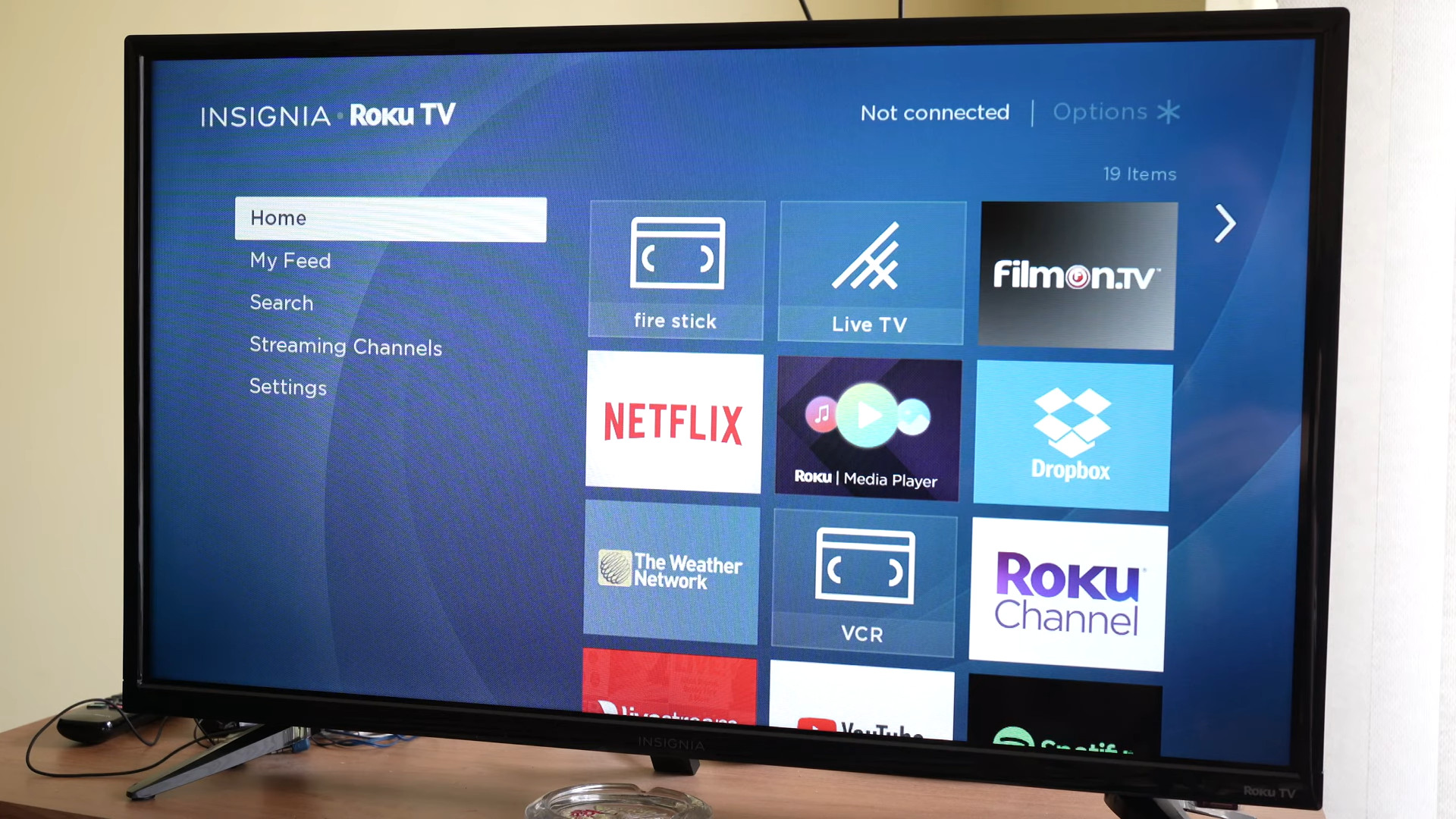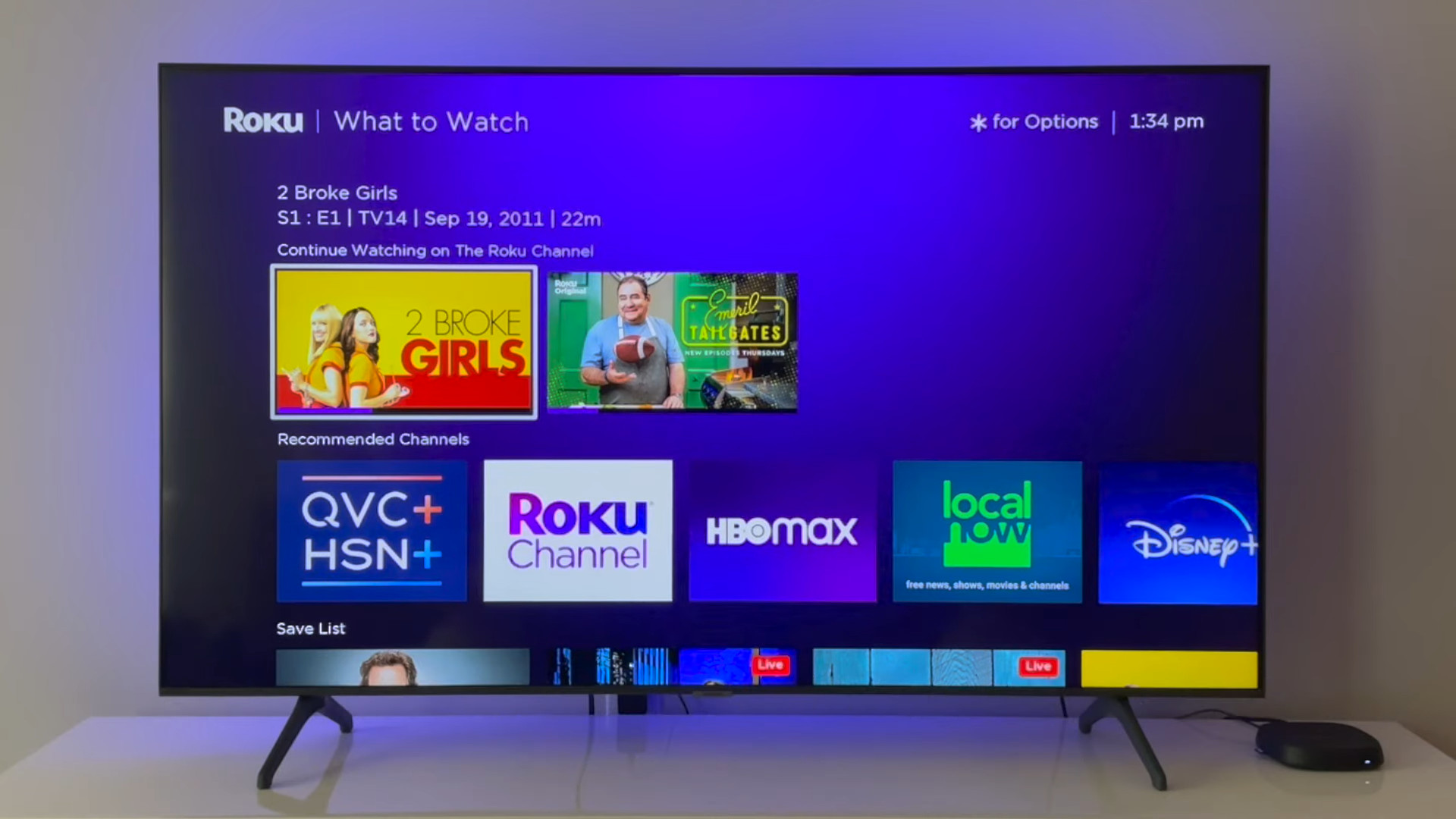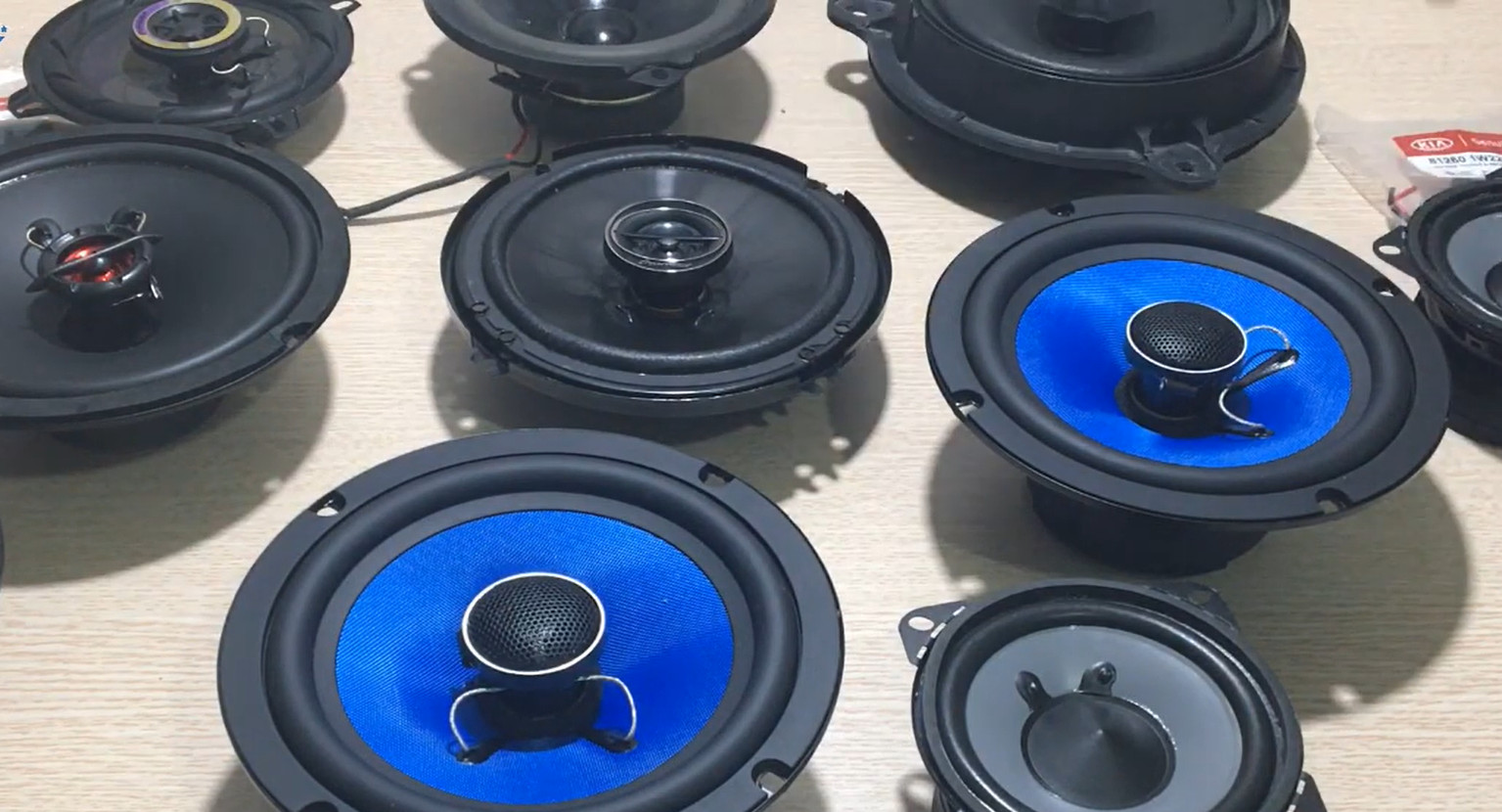HDMI Arc Vs HDMI: Which is the better option?
You may get confused with the term HDMI Arc when shopping for an electronic device. So, what does HDMI Arc indicate? How is it different from the regular HDMI connection?
In this HDMI Arc vs. HDMI comparison, I will highlight the core differences between these two categories and give you more insights into their functions.
After reading this post, you can choose a connection type that best matches your usage purpose. Now keep scrolling down, and I will show you everything!
Contents
A Brief Overview Of HDMI ARC and HDMI
HDMI, or High Definition Multimedia Interface, is a popular connecting format used for transmitting high-definition video and audio signals via only one cable.
You can easily encounter HDMI cables and standards in many electronic devices like TV, laptops, and soundbars. Nowadays, the term HDMI Arc appears more frequently on modern digital devices.
Before dwelling on their core differences, let me walk you through the short fundamentals of each type.
HDMI
HDMI is the most prevalent standard capable of transmitting both video and audio signals. These signals are transmitted via the HDMI cable from one source (Laptop, TV, PC) to the receiver (display, soundbar, or projector).
The original purpose of HDMI is to enhance digital audio and video signal transmission. Nowadays, HDMI is widely adopted with virtually every digital device that comes with this connecting standard.
When using HDMI format, you only need one connecting cable to transmit and receive all the signals. It eliminates the complicated audio in or out and makes your connection much simpler.

HDMI ARC
The term Arc stands for Audio Return Channel, which is a newly developed protocol for HDMI format. Nowadays, many modern digital products like TVs and soundbars have adopted this technology.
The feature that makes HDMI Arc stand out lies in its ability to transmit signals both downstream and upstream. For example, you can pair your TV with a soundbar (audio system) using one single HDMI Arc cable.
As long as your TV supports Arc protocol, it can send the audio signals to your soundbar without the need for a composite audio connecting cable. That’s called the upstream transmission.
Similarly, the TV can receive digital video and audio signals from that audio system, which is the downstream transmission. As a result, things become more convenient, and you won’t have to switch the connection from audio in or out.
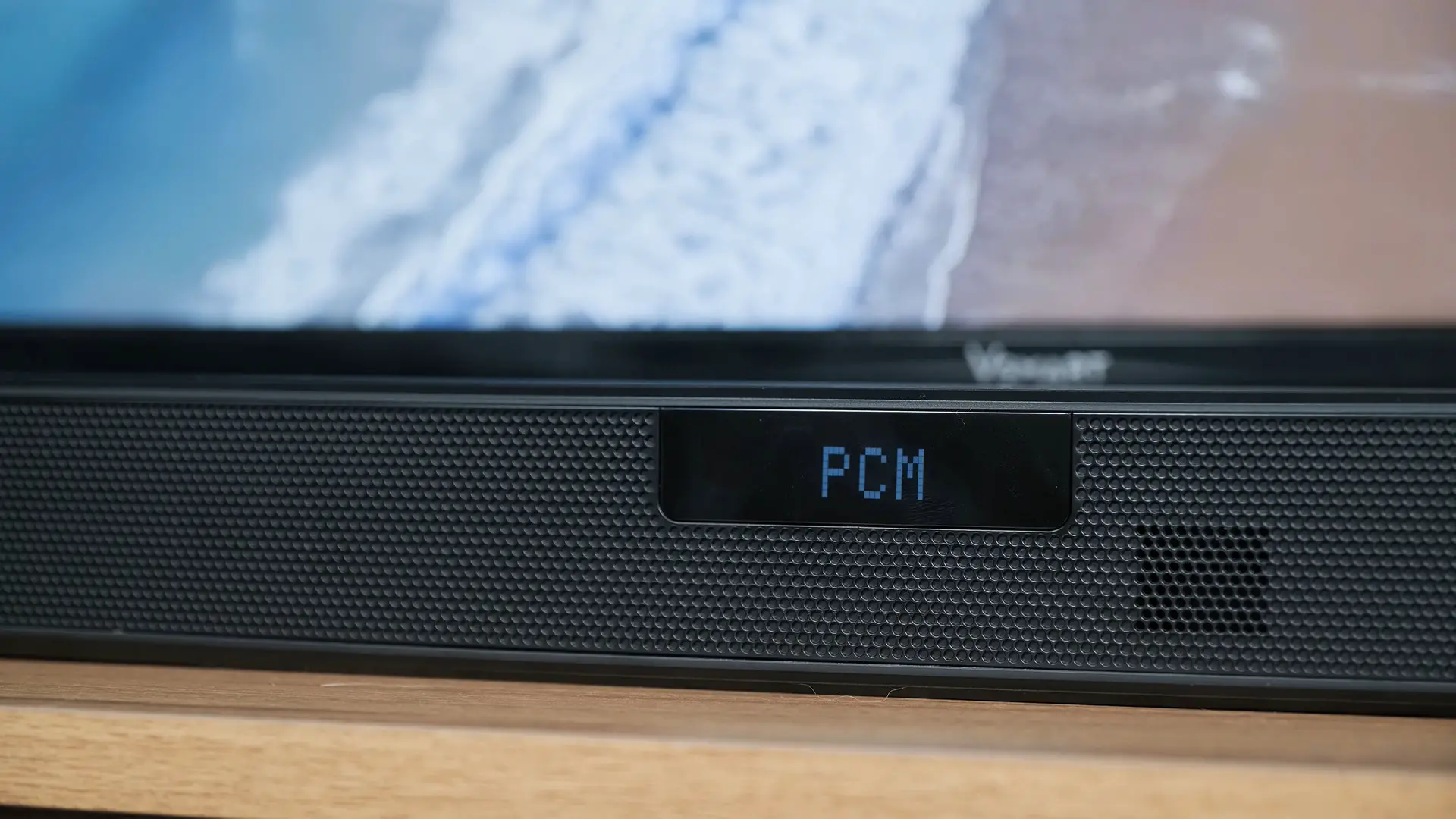
HDMI Arc Vs. HDMI: What Are The Differences?
You can view HDMI Arc as an upgrade to the former HDMI format due to its superior features and capacities. The Arc protocol helps simplify the connection process and brings users more comfort in the usage process.
This table summarizes the core differences between these two formats.
| Features | HDMI | HDMI Arc |
| Transmission mode | Optimal for digital video signals transmission | Optimal for both digital video and audio signals transmission |
| Connectivity | It can only transmit audio signals from the original source to the receiver. | It supports downstream and upstream signal transmission between two digital devices. |
| Cable Requirement | Require an additional composite audio cable | Using only one single HDMI Arc cable |
| Cost | Affordable with high availability | Limited availability and high cost due to its advanced technology |
Transmission Mode
The difference is evident since the regular HDMI cables can only transmit the digital video signal from one source to the displayer (projector, TV, or PC). Meanwhile, the HDMI Arc cables support both video and audio signals.
This means you’ll need an additional audio cable if you want to transmit video and sound signals from one source to a specific device. Take the laptop and television, for example.
The TV can receive and display the laptop’s images when connecting the two devices using a regular HDMI cable. However, the original sound from your computer cannot transmit to the TV.
To bring the sound to TV, you’ll have to plug in composite audio in/out cable besides the HDMI connection to get a complete experience. This process is quite inconvenient as it requires one additional cable and connecting step.
Meanwhile, Arc technology can solve this annoying problem by allowing users to transmit both audio and video signals. In the case of the TV, you only need one HDMI Arc cable to send full sound and video from your laptop.
Related: HDMI vs DisplayPort
Convenience
Besides helping you get rid of an additional audio cable, HDMI Arc allows users to transmit signals downstream or upstream. This means a device can simultaneously send and receive signals from another using an HDMI Arc cable.
With the traditional HDMI cable, you will need to plug one end into the HDMI out port on the signal source. Meanwhile, the other end must go to the HDMI port on the receiver.
Going back to the TV and computer instance. You will plug the HDMI cable into the “HDMI Out” port on the computer and the other end into the “HDMI Out” gate on the TV.
This connection setup allows the computer to send out signals to the TV, but the reverse process is not available. If you want to send back signals from the TV to your computer, you’ll have to switch the positions of the in/out HDMI ports.
For this reason, the traditional HDMI cable is very inconvenient, especially when you want to exchange audio and video signals between two digital devices. The HDMI Arc can solve this problem with its two-way transmission capacity.
Related: HDMI vs VGA
Cost And Availability
Despite its superior features, the HDMI Arc hasn’t been widely adopted as its predecessor. The first obstacle is its high price due to more advanced technology and a more complicated production process.
While most HDMI cables are very affordable and prevalent, the HDMI Arc connectors come at very high prices. In addition, traditional HDMI cables are very easy to find because it’s become the connector standard for many years.
On the other hand, low compatibility is another significant setback for HDMI Arc. Most old televisions and computers do have HDMI ports but not high-definition HDMI Arc gates.
Meanwhile, the mentioned features of HDMI Arc only work if both connected devices support this technology. Therefore, you won’t even need an HDMI Arc cable if your devices don’t support it.

Which One Is Better Between HDMI Arc Vs. HDMI?
There’s no doubt that HDMI Arc is a much better option with the advanced features and convenience it brings. You no longer have to choose the in and out port nor plug in an additional audio connecting cable.
All the hard work and inconvenience can be solved using one single HDMI Arc cable. This feature is also indispensable if you want to swap information between different digital devices.
However, HDMI Arc only works with devices that support this protocol. Its high price and lower compatibility are significant obstacles you should consider.
Related:
– Does the MacBook Pro have HDMI Ports?
– Does this Chromebook come with an HDMI port?
How to Choose the Right HDMI Cable?
The key is choosing the suitable HDMI cable that fits your device’s resolution and refresh rate. For example, you’ll need an 8K or Ultra High-Speed HDMI cable for transmitting 4K images at 120 Hz.
Pay attention to the connector type on your device. There are 3 types of HDMI cable: standard, mini, and micro, which range from largest to smallest ports.
Ensure that the cable fits the HDMI connector port on your device. If you use the cable for TVs, computer displays, or gaming consoles, choose a standard HDMI cable.
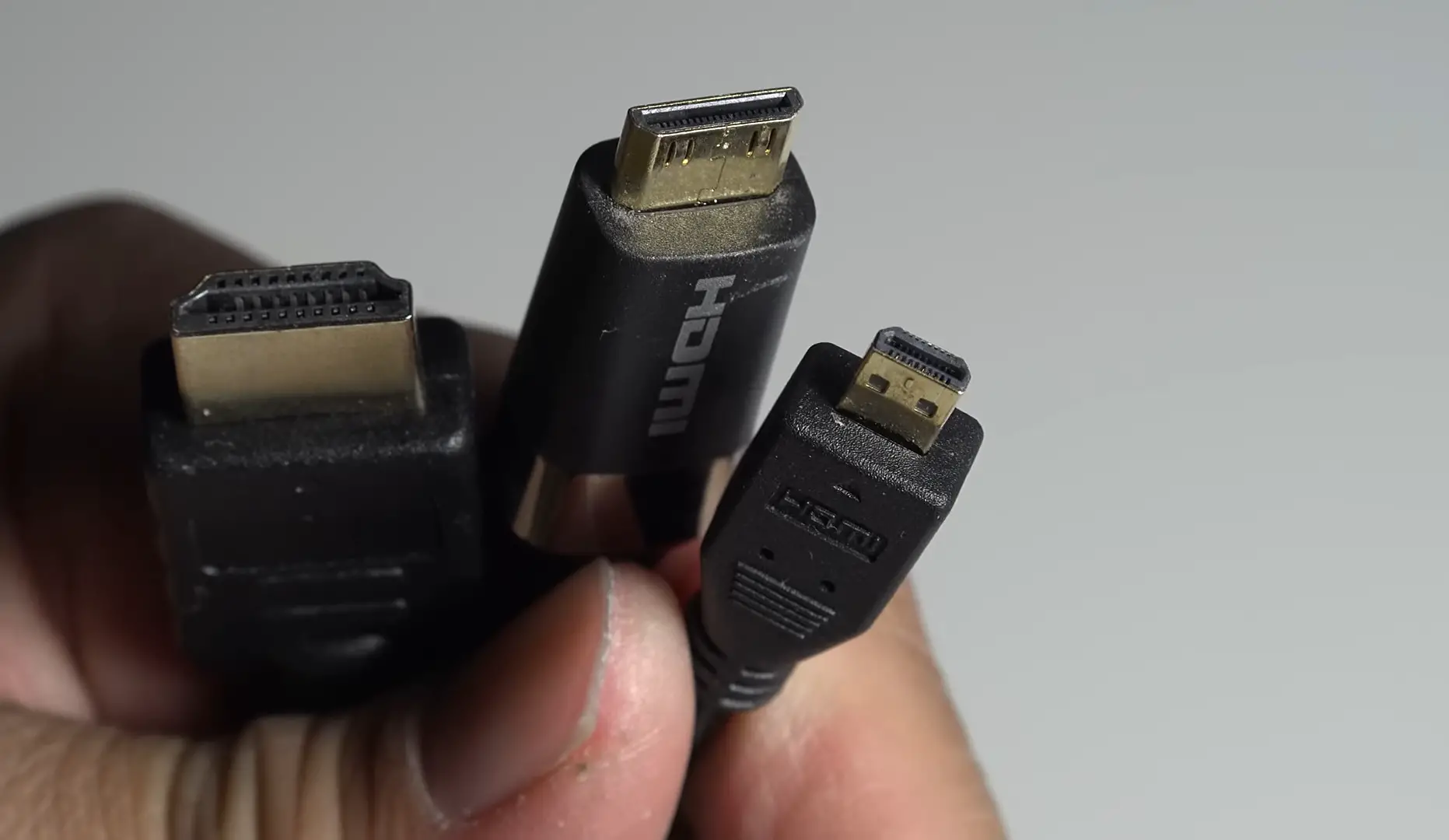
Frequently Asked Questions
When To Use HDMI ARC Vs. Regular HDMI
You will need an HDMI Arc to connect your audio system to another device since the regular HDMI cable is not compatible with transmitting audio signals. Plus, HDMI Arc is also essential for two-way signal transmission.
What Is HDMI EARC?
Enhanced Audio Return Channel (EARC) gives you a greater and uncompressed audio signal.
While regular HDMI cables have low bandwidth, the HDMI EARC’s high bandwidth allows it to transmit uncompressed and high-quality sound via the HDMI cable.
What To Do When HDMI ARC Is Not Working?
The first solution is to reset your audio system and digital device (TV, PC, projector). After turning off the machines, unplug the HDMI ARC cable and set up the connection one more time.
Ensure that you choose the correct HDMI Arc port on both devices.
Are all HDMI ports HDMI ARC?
No, only HDMI ports labeled with “ARC” support this technology. Otherwise, they are just traditional HDMI ports used for transmitting video signals using only one cable.
Do You Need HDMI ARC For Soundbar?
The HDMI Arc port is a must-have for the soundbar since it helps you transmit the audio signals back to the source. If you want to connect a computer to your TV and soundbar, the HDMI Arc cable is needed for this full setup.
Final Thoughts
So those are the main differences between HDMI Arc vs. HDMI. I hope that the information provided in this comparison helped you understand more about the two formats. Thank you for reading!

